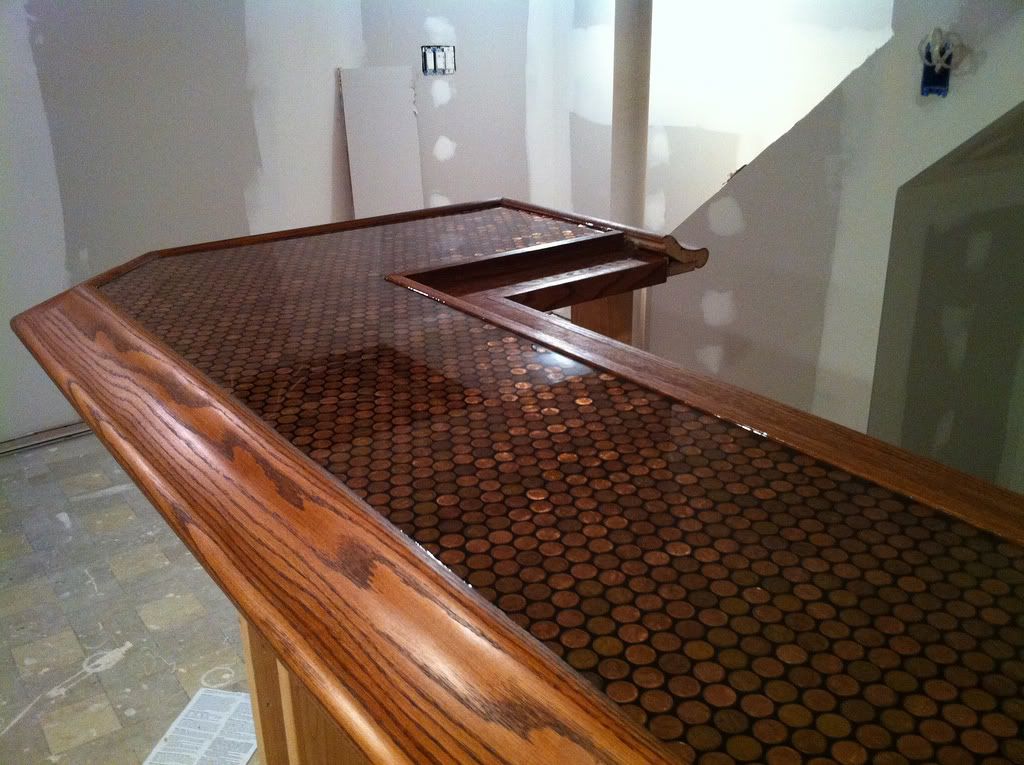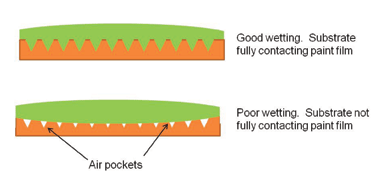Navigation
Install the app
How to install the app on iOS
Follow along with the video below to see how to install our site as a web app on your home screen.
Note: This feature may not be available in some browsers.
More options
Style variation
You are using an out of date browser. It may not display this or other websites correctly.
You should upgrade or use an alternative browser.
You should upgrade or use an alternative browser.
Oversanding - over polishing on Headlights cause Micro Cracking
- Thread starter jsoto
- Start date
Richard Grasa
New member
I've seen it a few times. IMO, it was most likely already there and caused by the heat from the headlight bulb heating up the lens and over time many heat cycles have taken their toll on the lens. Not much can be done to fix it besides replacement.
C. Charles Hahn
CCH Auto Appearance, LLC
jsoto said:OT....but those UV sprays looks pretty amazing. Final sand at 1500, etc - plastic still hazy. Just spray on the UV coating, cure and VIOLA....clarity back in the plastic. Ha, sounds like I just pitched a sunday infomercial on those UV coatings.
Been doing homework and then some,
Note that the coating does not put clarity "back IN the plastic." As the name implies, the coating builds up ON the plastic, filling in the sanding marks (also referred to as "mechanical adhesion") and adding a protective/sacrificial layer on top of the substrate material. No magic tricks, just chemistry/physics like regular automotive paint.
Ben@3D
New member
jsoto said:I can't quite get how the chem. happens but I get it the analogy you're saying like when they do bodywork.
I was looking at how it just gets sanded to 1500-2000 (plastic still hazy) but after the spray/curing, the clarity was quite back
A lot of people use a polish of some sort after sanding and that is what brings a lot of the clarity back. Then they use a sealant of some sort
Shane.belzers
New member
I usually use 1500-2500 grit wet sand then polish after then seal like said above works great!
C. Charles Hahn
CCH Auto Appearance, LLC
jsoto said:I can't quite get how the chem. happens but I get it the analogy you're saying like when they do bodywork.
I was looking at how it just gets sanded to 1500-2000 (plastic still hazy) but after the spray/curing, the clarity was quite back
An easy way to understand how it works on a larger scale would be to compare it with self leveling concrete or epoxy; its viscosity is just thin enough for it to flow out and "fill in" the textured grooves on a surface before it dries/cures, resulting in a smooth surface.


In the case of plastic lenses, the substrate material is still "transparent" even though it looks hazy due to the sanding scratches (which alter the way light is reflected off the surface); since the UV coating is clear, once it fills in those scratches and levels out light is again able to refract through the surface instead of reflect off it -- that's the clarity you're looking for.
The whole idea behind leaving scratches in the lens is that it creates more surface area for the coating to adhere to, which strengthens the bond between the plastic and the resin of the coating.

See this site for a more formal description: Fundamentals of Paint Adhesion - Metal Finishing
